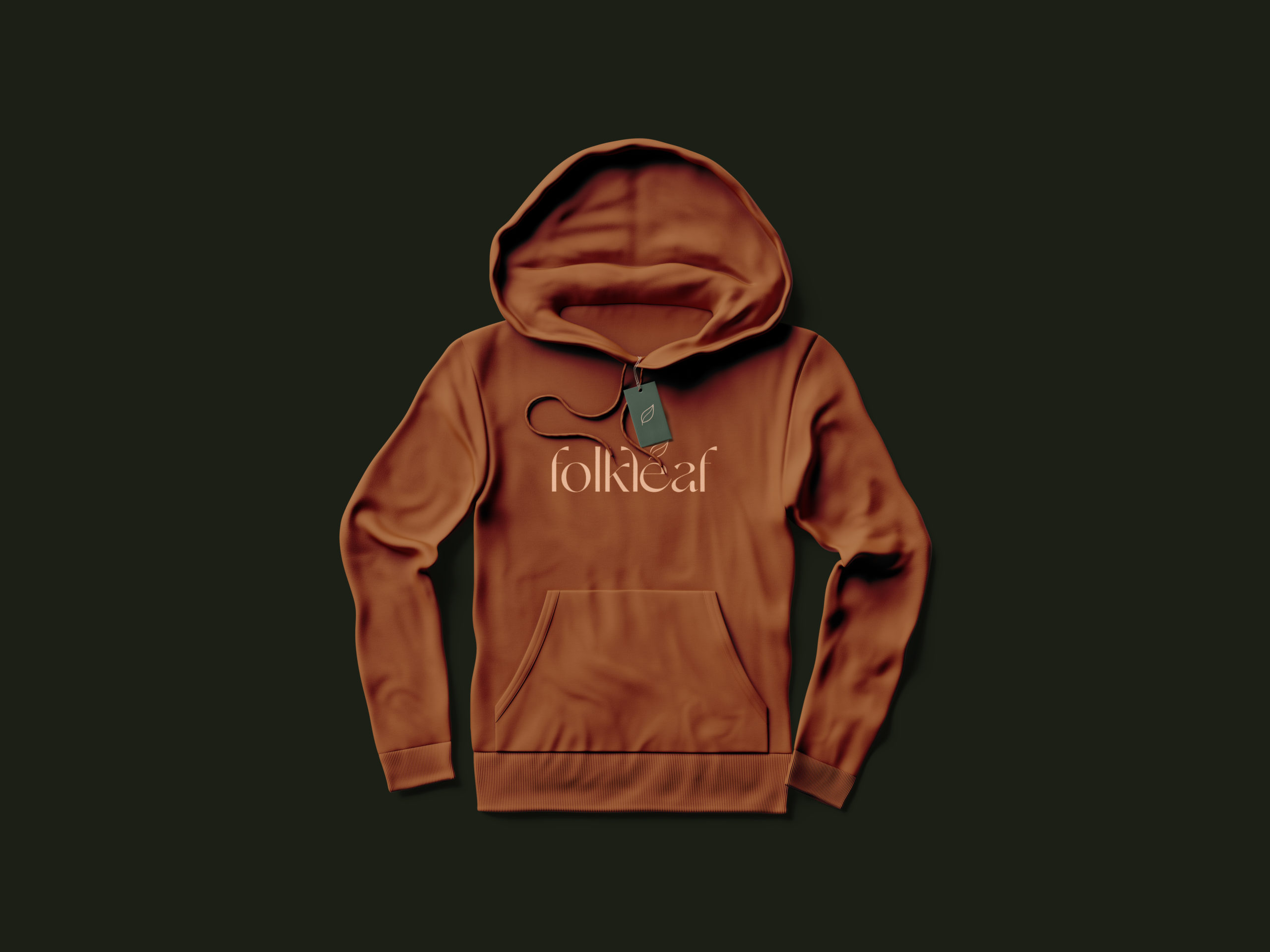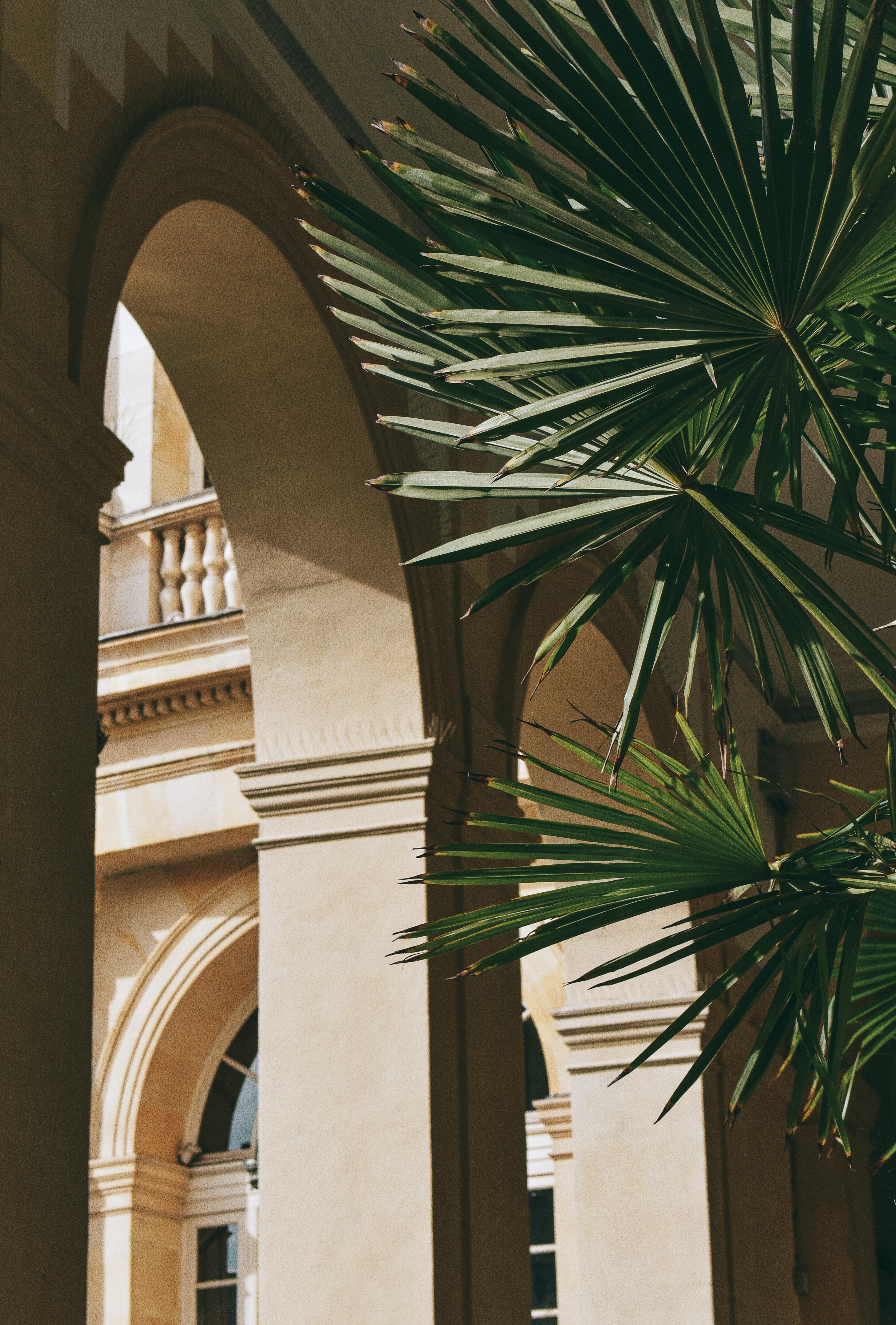
Idea
Folkleaf came about as a fun side project. Want to learn Figma? Sure, let me build my dream app in it. A lot of plant scanner apps out there are horribly designed from a user-experience perspective or aesthetically lacking. Or in order to make them useful, you have to sit through annoying video ads when you just want to cut to the chase. Folkleaf at its core would be free and user-friendly.
At the base level, a plant scanning app functions as a pocket “Pokedex,” but instead of identifying Pokemon, you’re identifying flora. In addition to being useful on hikes, it’s great for identifying plants you may already own in your home. Perhaps you don’t know the Latin-specific name of the plant, and maybe you’re hoping to care for them better too. These apps generally offer a plant profile. Some apps could also assist with identifying fungal or bacterial issues on plants that may be on the decline. Other apps help you set up watering schedules and reminders.
I took a deep dive into competitor apps in the market and developed personas for Folkleaf users.
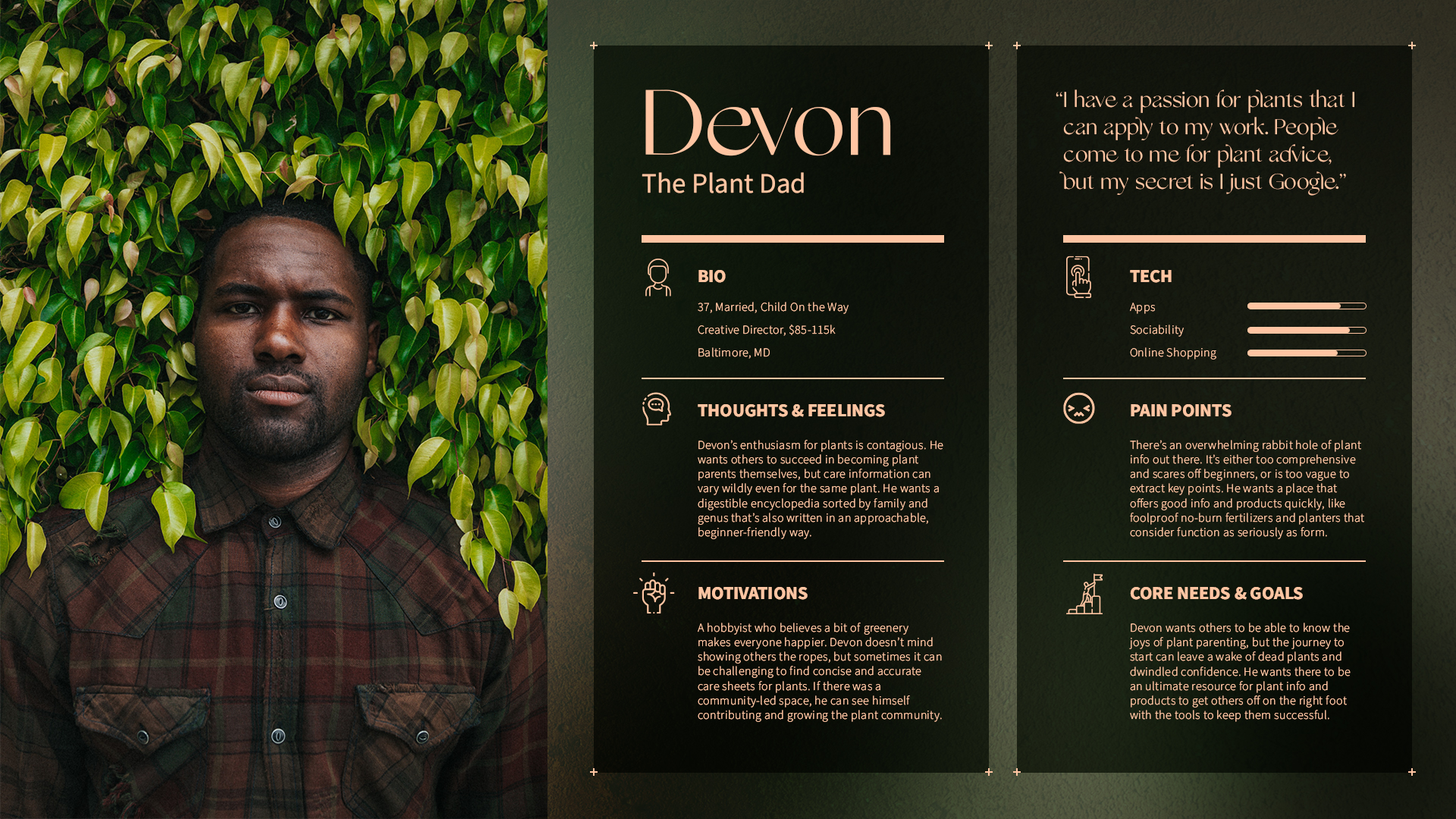


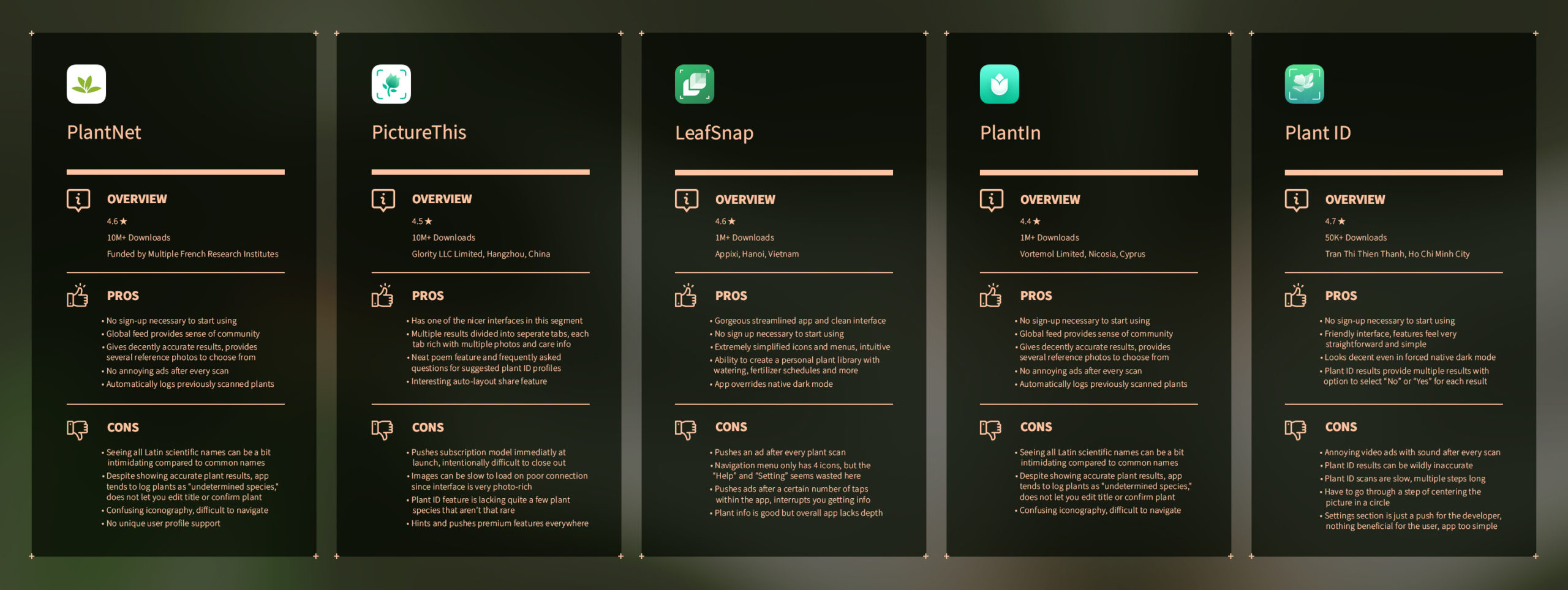
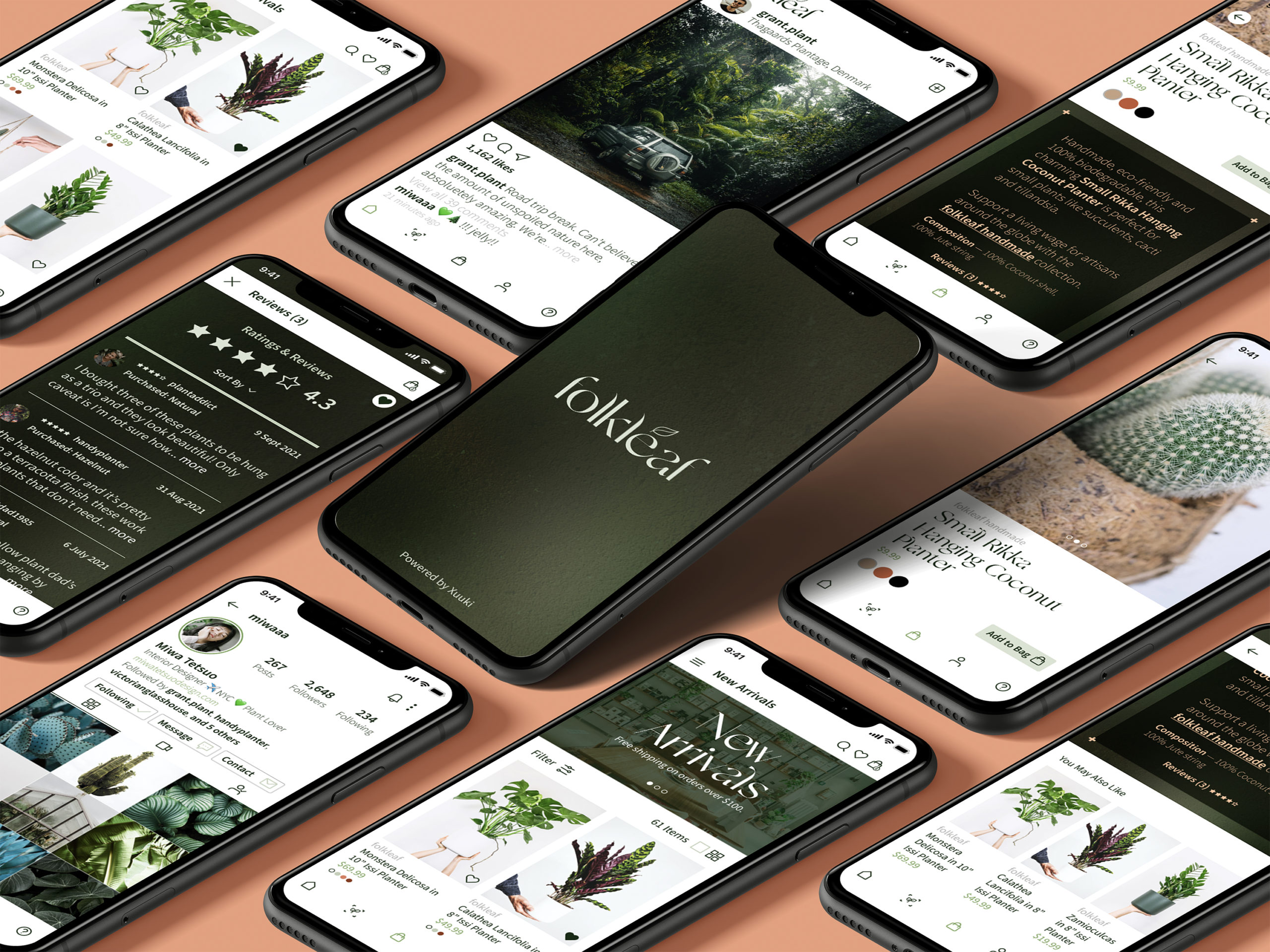
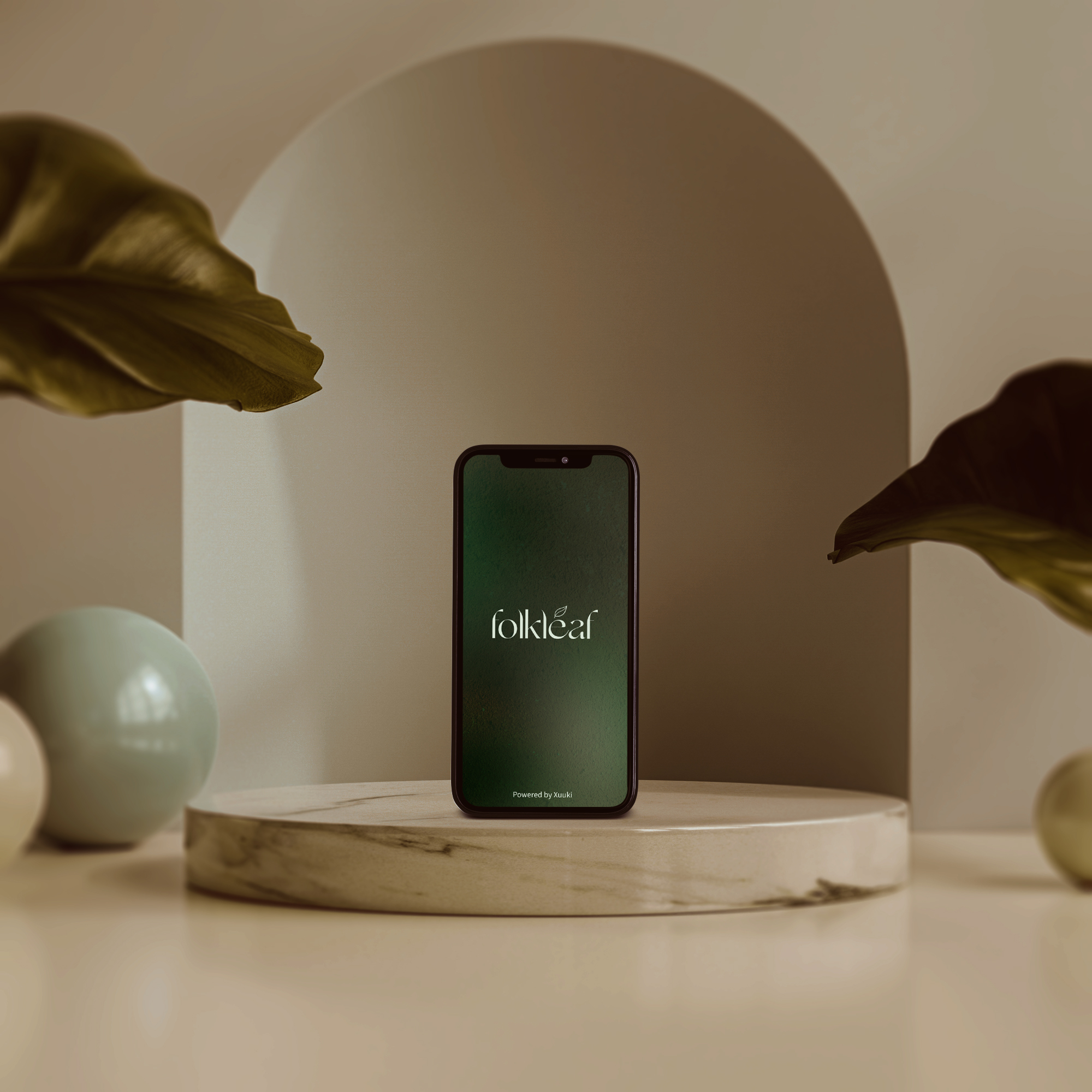

Folkleaf
What I wanted out of Folkleaf is something that was more of a fun hybrid between a community-led plant lover’s “Instagram” type space, to a shop and brand that offered highly curated interior-design conscious planters, accessories, and clothing merch with other functionalities like plant identification and geo-location markers for discovering plants in the wild. I would also want to incorporate a Favorite, Like or Upvote system with commenting available on specific plant species profiles so people can share their care experiences with them. No app currently exists quite like this.
The package would also include an educational and inspirational lifestyle blog that would help to drive and push the sale of these highly curated items with a focus on small creators that are similar along the lines of Bloomist. We would want to scour the world to help build living wages for people in other communities to produce our products.
Dream big: scientists in the field could start using it, develop a decent following and start developing their case for rainforest preservation by showing how the same spot has been destroyed through time through deforestation or climate change. We could help crowd-fund forest preservation efforts rather than wait for organizations and governments. These scientists could also get in touch with the community by sharing discoveries of rare variegations and mutations in plants. We could get to the point where behind-the-curtain scientists become household names just by their following on the app.
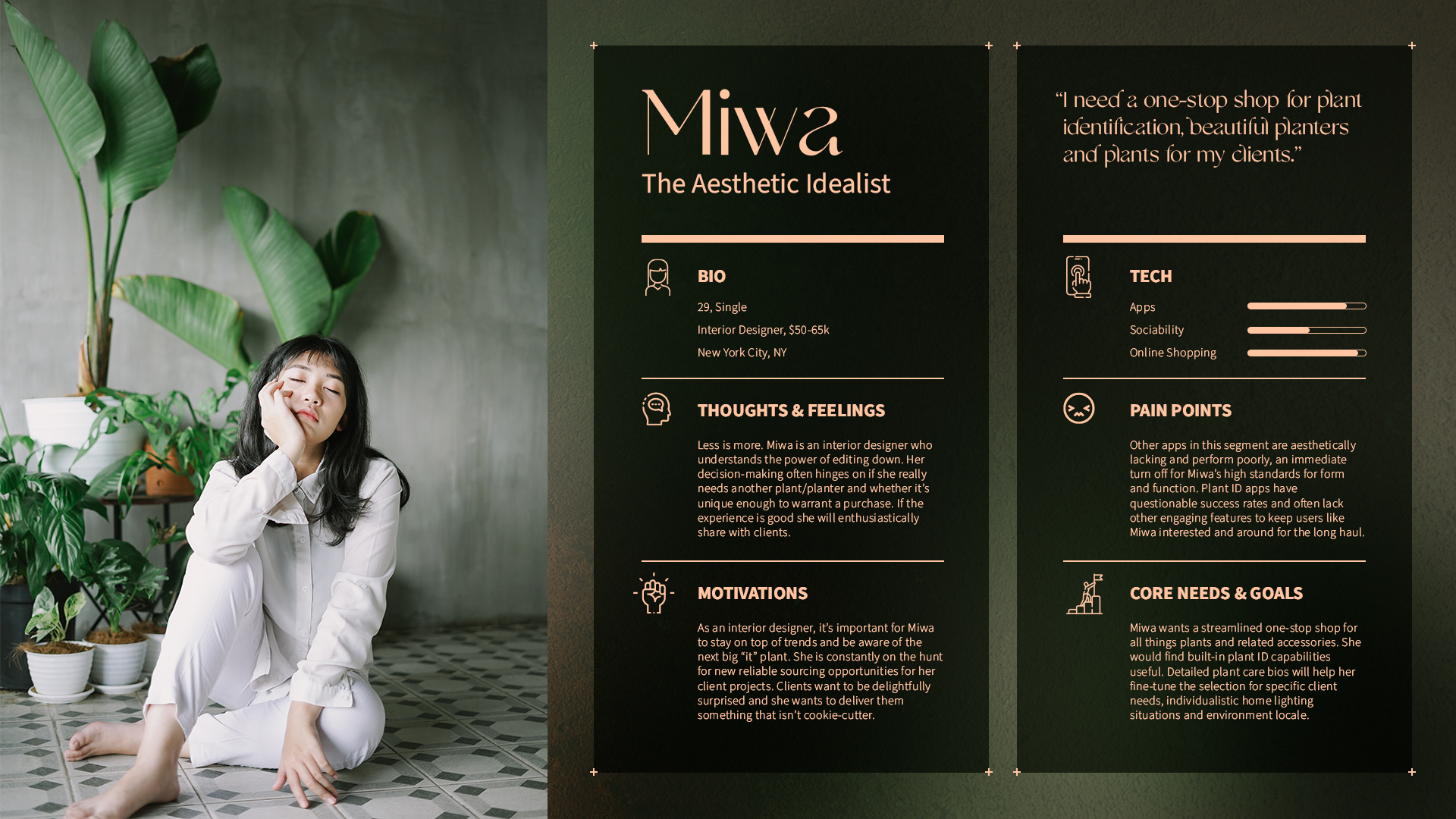
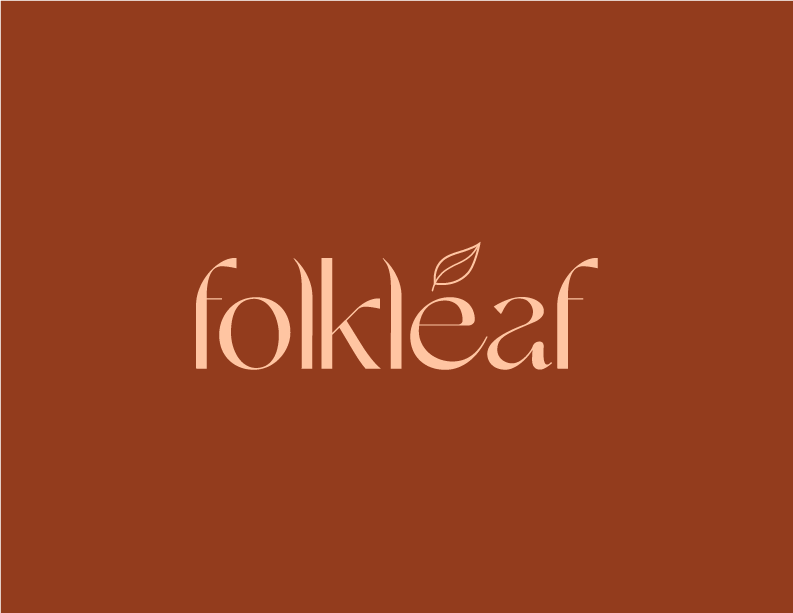
Logo
Before the logo comes the name. I wanted to come up with a unique name that wasn’t domain registered, .com domains are what I aim for. The goal was simple but it took a while to get there. I used numerous naming generators like Namelix to help spark some ideas and landed on Folkleaf for its easy combination of words. It sounded a bit primitive, primal, and familiar, but that’s exactly what I had hoped for. A bit hippyish in line with nature-inspired names like River, Slate, Flint, etc.
